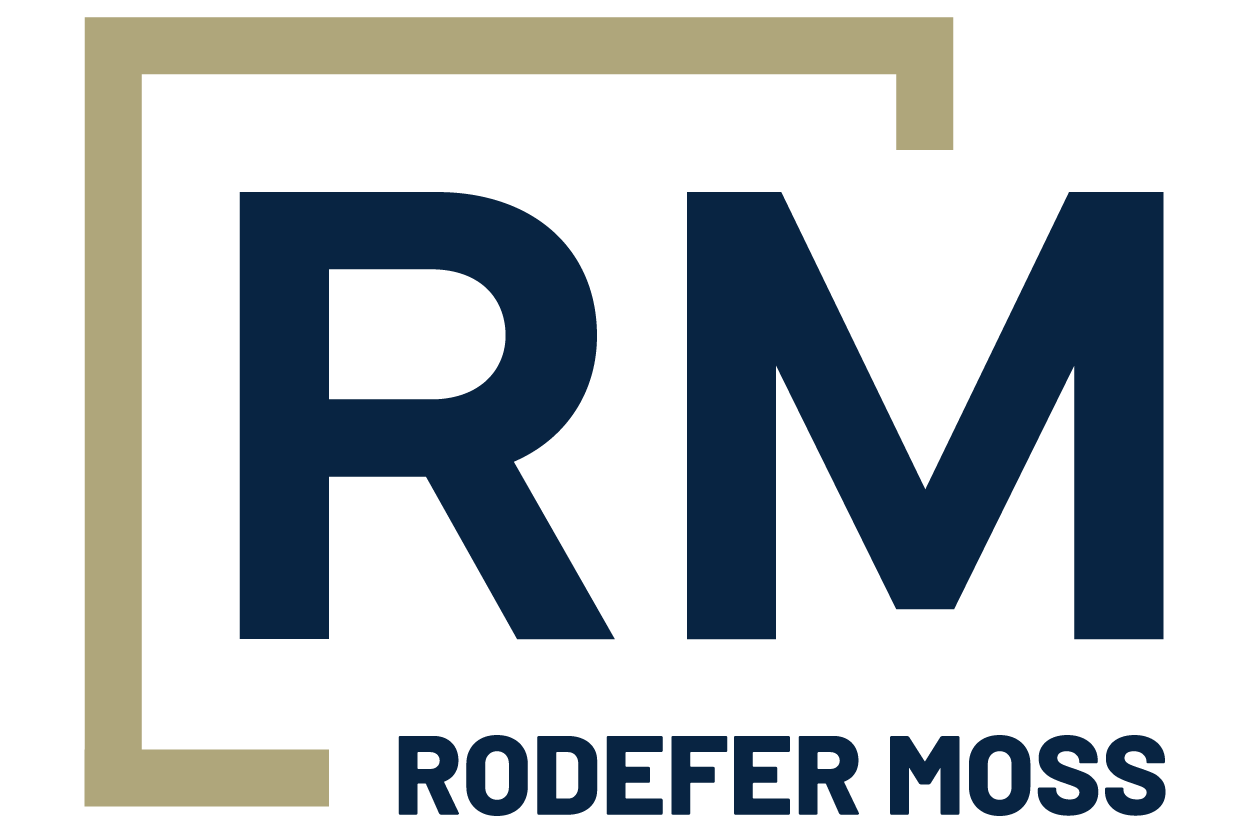One depreciation tax advantage will change in 2023

Businesses have had a great run the last few years in terms of taking accelerated bonus depreciation, including a 100% first-year deduction on qualifying equipment, vehicle, and software purchases; however, things will change — not completely, but meaningfully — beginning in 2023.
This specific bonus depreciation tax break is part of the Tax Cuts and Jobs Act (TCJA) of 2017. Businesses can take an immediate deduction rather than depreciating the item over time. A business can potentially save up to hundreds of thousands of dollars on an equipment purchase, depending on the item, its cost, and any limitations under the Act. In any case, the savings potential is substantial.
The list is impressive of business purchases that may qualify. Among these are:
- Vehicles used for the business at least 50% of the time, and with a gross vehicle weight of 6,000 pounds or more.
- Machinery, just two examples of which are farming combines or construction cranes
- Computers and even off-the-shelf software
- Office furniture and equipment
- Various types of building structural or safety improvements to non-residential buildings
- Other types of tangible business-related property and purchases
Another bonus depreciation advantage is that the purchased equipment doesn’t have to be new; instead, it need only be new to the business. Used equipment is therefore eligible.
Bonus depreciation has no limit, and over time can create a net loss for a business that is actually greater than income, thus creating a loss for tax purposes that can offset taxes on future business income.
The TCJA bonus depreciation tax advantage begins to phase out at the end of 2022. Beginning Jan. 1, 2023, the limits begin to decline, as follows:
- 80% for eligible equipment purchases of items put into use from Jan. 1, 2023, and before Jan. 1, 2024.
- 60% for eligible equipment purchases of items put into use between Jan. 1, 2024, and before Jan. 1, 2025.
- 40% for eligible equipment purchases of items put into use from Jan. 1, 2025, and before Jan. 1, 2026.
- 20% for eligible equipment purchases of items put into use from Jan. 1, 2026, to Jan. 1, 2027.
Depreciation can affect cash flow. Depreciation is a matter of timing, as in when is the right time to take the deduction. When combined with financing, depreciation enables taxpayers to take tax deductions before paying for the assets. Bonus depreciation and IRS Code Section 179 ramp up the cash flow benefit. In an environment of rising interest rates, now — depending on a business’s financial condition — may be the perfect time to borrow and invest in equipment.
Even as the depreciation schedule declines, Section 179 remains. Section 179 accomplishes the same goal as the accelerated bonus depreciation schedule, but with limits.
In 2022 the Section 179 limits are $1,080,000, and the full deduction can be taken unless equipment purchases are greater than $2.7 million for the tax year in which the deduction is being claimed. If the purchases exceed $2.7 million, the deduction actually reduces dollar-for-dollar.
While that seems a disincentive for the purchase of higher-dollar items, Section 179 was originally designed for small-to-medium-sized businesses.
Supply chain delivery delays play a role as well. Pre-COVID-19, equipment deliveries were typically made in days. Now, they make take months. Equipment must be placed in service before Dec. 31, 2022, to take full advantage of 100% bonus depreciation.
Finally — and this is an essential piece of advice — you’re safer if you make any such decisions in consultation with a CPA or financial advisor experienced in federal tax law.
This article first appeared in KnoxNews.

